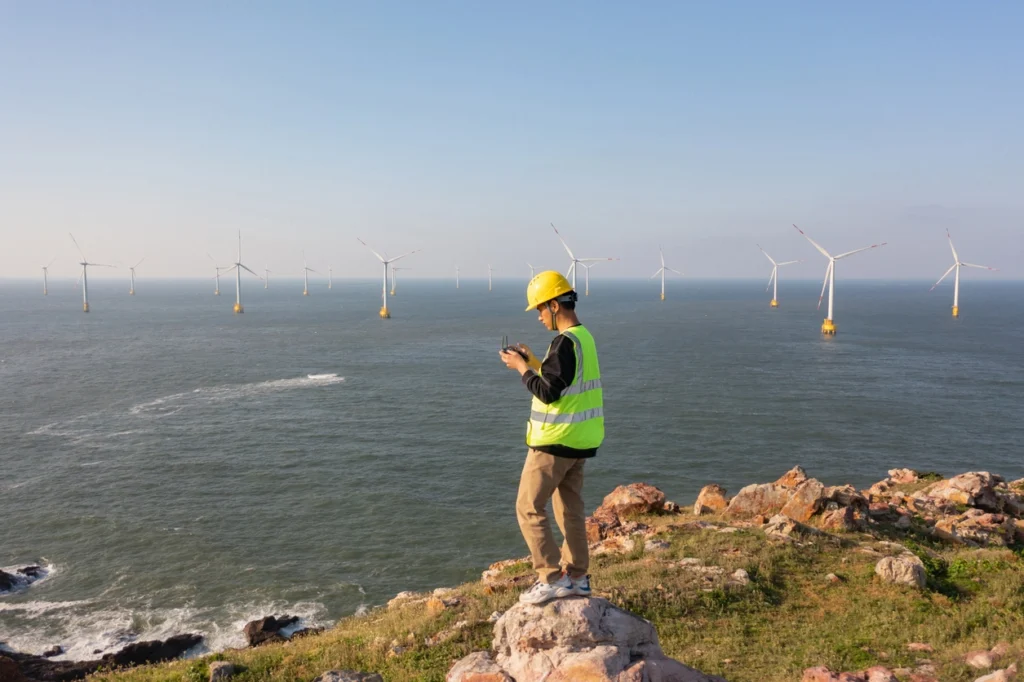The term “Recognized Environmental Conditions” in a Phase I ESA might sound innocuous. But RECs hold the power to derail multi-million-dollar property deals or leave you with a costly cleanup nightmare. Worse yet, the definition of what constitutes an REC in is constantly evolving, making previous assumptions about risk obsolete.

Unpacking the 3 Types of Recognized Environmental Conditions (With Real-World Examples)
Recognized Environmental Conditions (RECs) come in different shades of risk. Understanding these categories is crucial for assessing your potential liability and making informed decisions about a property.
Type 1: The Smoking Gun REC
- The Clarity and The Cost:This seems the most straightforward, but hidden complexities exist.For example, the extent of contamination (confined vs. wide-spread) dictates cleanup expenses.
- Beyond Lab Results: Local soil and groundwater standards vary. What’s a REC in one state might not be in another. This impacts liability, even if the physical contamination itself is the same.
- Example: An old industrial site with lead-contaminated soil. Lead levels are significantly above regulatory limits, triggering immediate action.Depending on the location and proposed land reuse, cleanup could involve total soil removal or less costly on-site mitigation.
Type 2:The “Likely Suspect” REC
- The Uncertainty Factor: This category creates anxiety. There’s potential contamination, but without Phase II testing, the extent is unknown. This leaves you negotiating based on perceived risk.
- Industry-Specific Nuances: A former dry cleaner leaves a different REC legacy than a defunct metal plating operation. Your consultant should understand those differences to advise you on potential cleanup scenarios and costs.
- Example:A site with several underground storage tanks (USTs). Even if no leakage is currently detected, old USTs are prone to failure, creating costly soil and groundwater contamination issues.
Type 3: The “It Could Go Either Way” REC
- The Waiting Game: This REC requires close monitoring of surrounding areas and evolving environmental regulations.What’s not a problem today could become one later.
- Neighborly Disputes: These Recognized Environmental Conditions can lead to legal battles if contamination migrates onto your property from an adjacent source, even decades after the original incident.
- Example:A property bordering a closed but uncapped landfill.While your property might be clean, if leachate (contaminated runoff) is found in the future, you could become liable for cleanup.
RECs and Your Liability: Who’s at Risk
It’s tempting to think that if you didn’t create the contamination, it’s not your problem. Unfortunately, with RECs,liability isn’t always that simple. Here’s who could be on the hook:
- Buyers: The New Owner, New Problem Syndrome Even with careful due diligence, you may inherit liability for pre-existing environmental contamination. This can expose you to cleanup costs that drastically exceed your purchase price.
- Sellers:The Past Comes Knocking If Recognized Environmental Conditions weren’t disclosed upfront, or if the Phase I ESA missed them, you could face lawsuits from the buyer claiming misrepresentation, jeopardizing the entire deal.
- Lenders: Protecting Their CollateralRECs decrease the property value the lender can rely on. They may demand additional safeguards (environmental insurance, larger down payment) or even refuse to finance the deal entirely.
- Even “Innocent” Landowners: When Contamination Doesn’t Stay Put Your land might be pristine, but if groundwater contamination migrates from a neighboring property with a known REC, you could still be obligated to address it – a costly scenario.
It’s rarely a zero-sum game.RECs create a chain of potential liability, jeopardizing the interests of everyone involved in a transaction.

Your Action Steps When Recognized Environmental Conditions Are Identified
A REC discovery doesn’t have to spell disaster. A strategic approach can turn this challenge into an opportunity to protect your interests and potentially negotiate a better deal.
Step 1: Don’t Panic, Assess
Get a clear explanation from your consultant about the specific nature of the RECs and their potential implications for cleanup, cost, and resale of the property.
Step 2: Is the Phase II ESA Worth It?
Further testing pinpoints the contamination extent but adds cost. Consider this: Is the property unique, or are there comparable options with a cleaner environmental history?
Step 3: RECs as Bargaining Chip
They don’t always doom a deal. You might negotiate a price reduction, have the seller perform cleanup, or secure contractual protection against future liability. Don’t cede all the power!
Step 4:Specialized Consultants Are Your Ace Card
Choose those who grasp the intersection of environmental and real estate law. They can help structure agreements to shield you from worst-case scenarios.
These are starting points. Regulations and viable options vary by location and REC severity.
Protecting Yourself When Recognized Environmental Conditions Exist
Discovering RECs shouldn’t mean accepting unlimited liability. Let’s explore ways to shield yourself, especially if further investigation or cleanup becomes necessary.
Price Adjustments
A significant REC may justify renegotiating the purchase price. This reflects the additional costs you might encounter to remediate the site or obtain financing.
Seller-Responsible Cleanup
If the contamination is clearly linked to the seller’s ownership, you may push for them to handle the remediation before the sale closes.Be sure to have ironclad contractual language!
Hold Harmless Agreements
This clause in the purchase agreement protects you from future lawsuits if the REC results in unexpected legal action (such as from an adjacent property owner).
Environmental Insurance
Specific policies can cover cleanup costs if contamination is worse than anticipated or new regulations lead to an expanded REC definition on your property.
The best strategy depends on your risk tolerance, the severity of the REC, and state-specific laws.Always consult with an experienced environmental attorney alongside your consultant.

The Recognized Environmental Condition Landscape is Changing: Don’t Rely on Outdated Knowledge
Think you have a handle on RECs because you dealt with them in the past? Think again! Environmental regulations evolve rapidly, meaning a property once considered clean might now have significant RECs.
- Emerging Contaminants: The PFAS Example: Substances once ignored, like PFAS (“forever chemicals”), are now under tight scrutiny. Past activities leave a legacy on properties, even if they were legal at the time.
- Expanding Definitions = Expanding Liability: What was once a minor concern might now be a major REC due to updated standards. This particularly affects older properties.
- Why Your Consultant’s Knowledge Matters: They must stay updated on not just testing guidelines, but the legal interpretations that turn findings into RECs. Failure to do so puts YOU at risk.
Regularly reassessing your property’s environmental status, even if no transaction is imminent, is a wise investment in protecting its value (and your peace of mind).
Emphasizing the Evolving Risk
RECs are a moving target. Staying informed about changing regulations and leveraging the expertise of up-to-date consultants isn’t simply ‘best practice’ for buyers – it’s a necessity for sellers, lenders, and even property owners with no immediate transaction plans.Don’t be caught off guard by yesterday’s standards when tomorrow carries new liabilities.
Frequently Asked Questions About Recognized Environmental Conditions (RECs)
Can “minor” RECs be ignored if I’m getting a great price on a property?
No REC should be dismissed. Seemingly minor issues can snowball into major cleanup expenses or restrict future use/resale of the property.Always quantify the potential downside before assuming it’s worth the risk.
I’m buying rural land. Do RECs even matter?
Absolutely!Past agricultural practices (pesticide use), dumping, even naturally occurring substances like radon can create RECs. Don’t assume rural areas are risk-free.
Do Recognized Environmental Conditions disappear if I wait long enough?
Sometimes, but don’t count on time healing all environmental wounds. Contamination can remain dormant for decades, and liability may pass to you with ownership, even if YOU didn’t cause it.
I didn’t find RECs. I’m safe, right?
Not necessarily. Phase I ESAs offer a snapshot, not a guarantee.Consultants can’t miss things.This is where holding harmless agreements and choosing a firm with liability insurance can give you some protection.
If the deal falls through due to Recognized Environmental Conditions, can I get my Phase I ESA costs back?
It depends on your contract with the consultant.Some have contingencies for this, others treat it as a sunk cost.Discuss this upfront, especially when dealing with potentially complicated properties.











